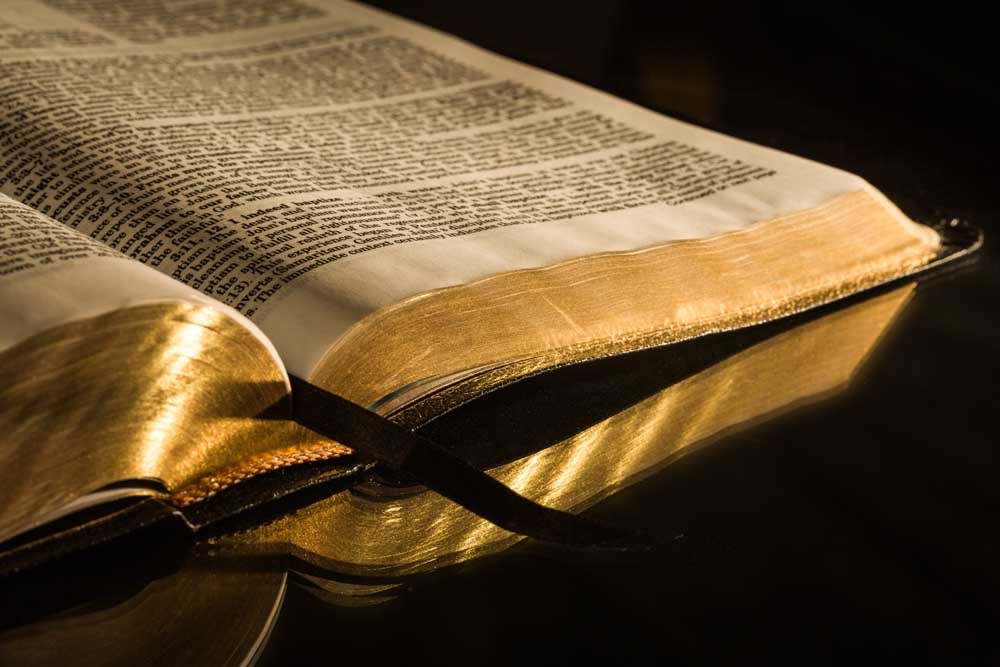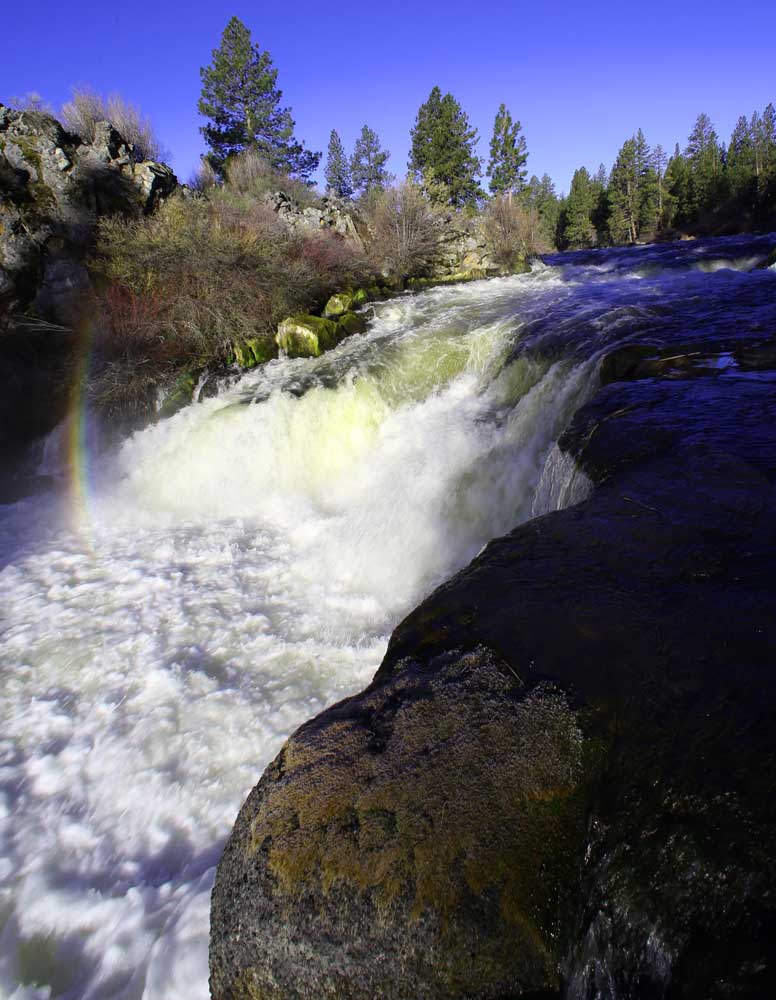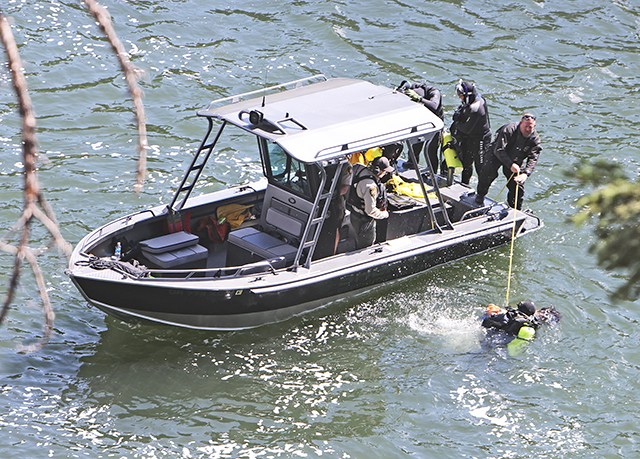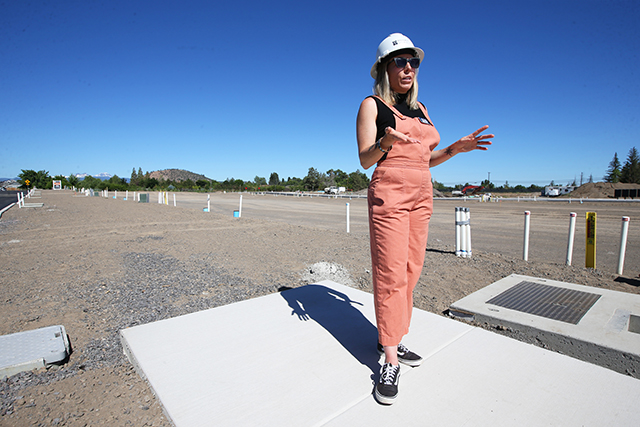Janet Stevens column: Challenged books make good reading
Published 12:00 am Friday, April 12, 2019

- The Bible was challenged because it has a religious viewpoint. (123RF)
When I was a kid of about 10, I read Grace Metalious’ “Peyton Place” by flashlight under the covers. It was, for a 10-year-old, a very grownup book, and I assumed my parents would be upset if they had known I was reading it.
They did know, although neither mentioned the subject until years later. At the time, my dad said, they assumed I would neither understand nor be somehow damaged by what was happening in what were some of the book’s raciest scenes, and they were right.
Trending
In fact, that was their general view of censorship: Censorship is bad, and I would understand only that with which I had some experience. It was a good policy, I believe, one that I followed with my own kids, both of whom seem to have turned out pretty well.
Maybe that’s why I find banned book lists so interesting. They generally include one or more titles that I’ve read and enjoyed and would never think of keeping out of an interested person’s hand, child or otherwise.
This year’s American Library Association list of 2018’s most frequently challenged books, in school and public libraries came out Wednesday. Like the larger list that extends back through 2001, it contains some funny books, some books I haven’t read and some that I know are really good.
Looking over the list, you’ll find some surprises:
The Bible made the list in 2015, for example. It had, someone charged, a religious viewpoint and thus wasn’t suited for general consumption. It also has some mighty good stories, even poetry, and is packed with references that pop up throughout our culture.
Toni Morrison, the late American author, is surely the most frequently challenged writer on the list. “The Bluest Eye,” and “Beloved” were challenged one or more times. “Beloved” won the Pulitzer Prize 1988, and Morrison was awarded the Nobel Prize for Literature in 1993, despite challengers’ complaints that her books are too sexually explicit.
Trending
Sexually explicit content is, in fact, the most frequently cited problem with most books, the ALA says. Offensive language comes next, followed by books adults found too mature for kids. Violence and homosexually also made the list hundreds of times.
Other Pulitzer Prize winners on the list include Harper Lee’s “To Kill a Mockingbird” and Alice Walker’s “The Color Purple.”
All three authors are well worth a reader’s time, for what they say and the way they say it.
The Bible aside, the oldest book on the list is Mark Twain’s “The Adventures of Huckleberry Finn,” published in 1884. It’s also one that’s been challenged over and over again for its racist language and views. Yet, books written long ago were written in the vernacular of the day and reading them offers a perfect opportunity for talking about how much and why things have changed since they were written.
On a lighter note are the “Captain Underpants” books. The books in this series by Dav Pilkey don’t even pretend to be great literature.
Instead, they’re funny, so much so that at least one challenger argued that they encouraged disruptive behavior.
As for “The Absolutely True Diary of a Part-Time Indian” by Sherman Alexie, a Spokane-Coeur d’Alene Indian, the book has been a target for some since it was published in 2007. Yet, the story, of a boy who leaves the reservation for school, is wonderfully told and well worth reading.
I don’t think we do our kids any favors when we try to censor what they read. Letting them read what they want to read, including stuff we might not approve of, gives parents the chance to talk about everything from religion to naughtiness to sex. Books provide the perfect opening for talking about uncomfortable subjects, and parents — and kids — need those openings.
— Janet Stevens is deputy editor of The Bulletin. Contact: 541-617-7821, jstevens@bendbulletin.com








